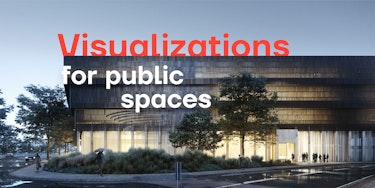Public spaces such as libraries, museums, and cultural centers play a vital role in enriching our communities. One powerful way to enhance these spaces and engage visitors is through thoughtful and captivating visualizations. But, of course, there are some specific details while creating the renderings for these institutions. Thus, the key features of creating visualizations for public spaces, highlighting how they contribute to the overall atmosphere and educational value.
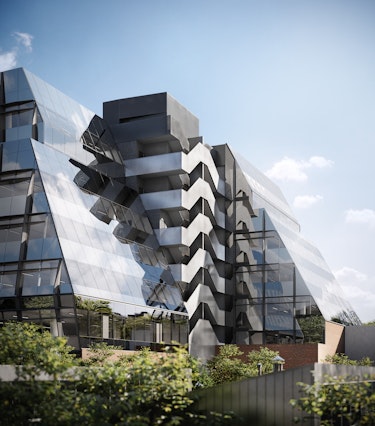
Firstly, visualizations in public spaces should convey a narrative or tell a story. Storytelling is an age-old tradition that captivates and connects people on an emotional level. By incorporating storytelling techniques into visualizations, public spaces can transform visitors from mere observers into active participants. When visitors become emotionally invested in the stories being told through visualizations, they are more likely to retain the information and have a memorable experience. Complex historical events, scientific processes, or cultural phenomena can be presented in a way that sparks interest and facilitates comprehension.
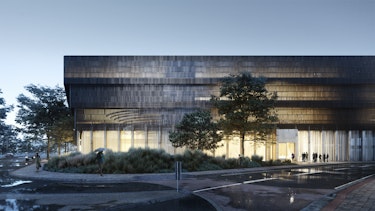
Secondly, let`s take into consideration the contextual relevance of the spaces. Visualizations should be relevant to the space and its purpose. They should align with the core themes, collections, or objectives of the institution, ensuring that visitors can readily connect with the content. For example, in a museum, visualizations can highlight the significance of specific artifacts or provide historical context. In a library, they can showcase literary works, authors, or the evolution of written language. The key is to make the visualizations resonate with the environment and enhance the overall experience.
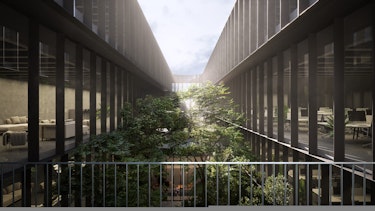
Going further, public spaces are meant to be inclusive and accessible to everyone. When creating visualizations, it is essential to consider the diverse needs and abilities of visitors. Incorporating features such as adjustable font sizes, audio descriptions, multiple language options, and tactile elements can ensure that individuals with disabilities or different learning styles can fully engage with the content. Small details make a difference, right?
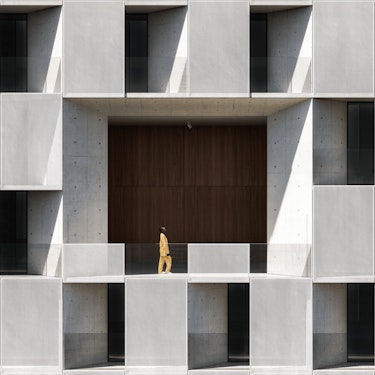
By incorporating purposeful storytelling, contextual relevance, accessibility, interactivity, visual aesthetics, scalability, and flexibility, these visualizations can captivate visitors, foster learning, and contribute to a deeper appreciation of the subject matter. As we continue to leverage technology and innovative design approaches, visualizations will play an increasingly crucial role in enhancing the public's experience and creating memorable encounters in these treasured spaces.
